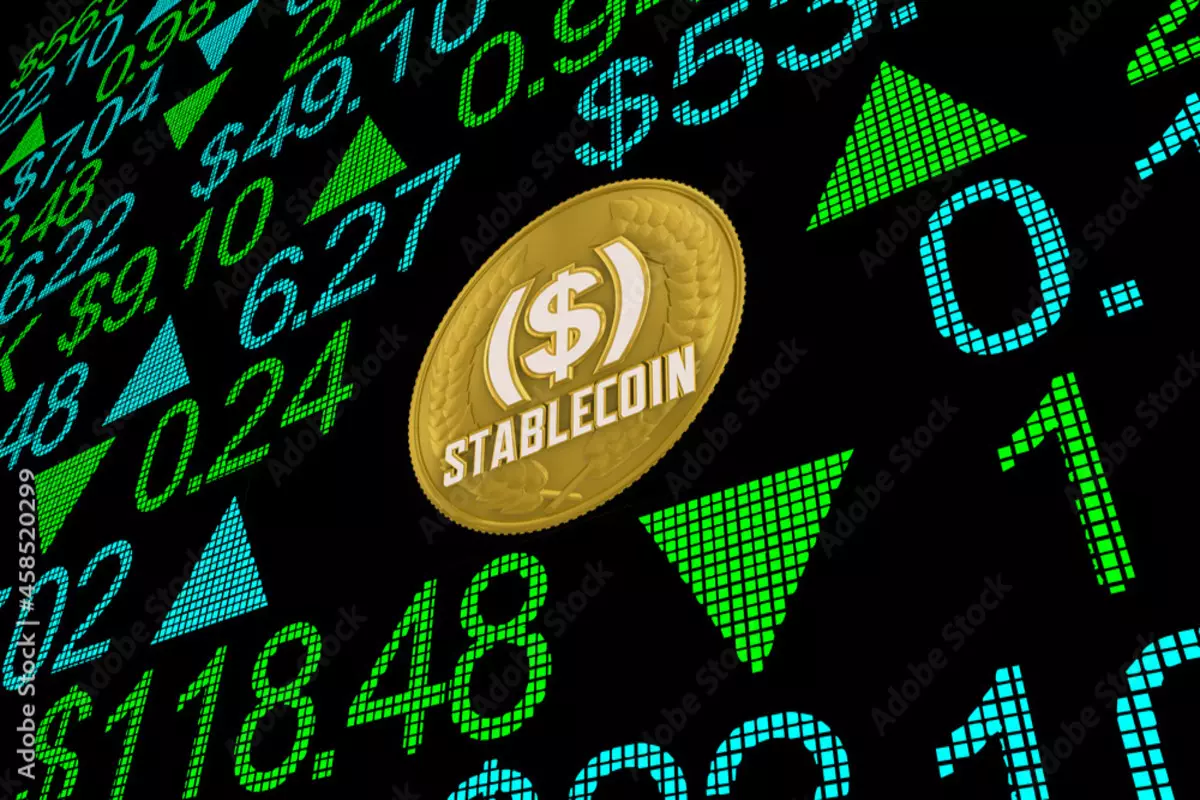The recent enactment of the European Union’s Markets in Crypto-Assets (MiCA) legislation on May 31 has both excited and concerned the crypto industry. While hailed as a groundbreaking regulatory framework for cryptocurrencies, there is growing apprehension regarding one specific aspect: the introduction of a daily transaction cap on private stablecoins. This limit, set at 200 million euros ($219 million), has ignited discussions and calls for a revision of the MiCA legislation to prevent potential hindrances to stablecoin usage.
In an exclusive interview with Cointelegraph, Chander Agnihotri, legal director, and Rachel Cropper-Mawer, partner at global law firm Clyde and Co, shared their perspectives on stablecoins. They emphasized the potential obstacles faced by large stablecoins and suggested that regulators reconsider the daily limits associated with these digital assets.
Stablecoins were introduced as a solution to address the price volatility of cryptocurrencies like Bitcoin (BTC) and Ether. They aim to mirror the value of fiat currencies, particularly the US dollar. However, recent incidents such as the collapse of TerraUSD (UST), an algorithmic stablecoin, in May 2022, and the temporary de-pegging of USDC following the collapse of Silicon Valley Bank in early 2023, have brought regulatory attention to private stablecoins.
Agnihotri states that regulators have valid reasons to focus on regulating private stablecoins. These incidents have highlighted the need for stricter oversight and control to ensure stability and protect investors. He explains, “On account of their stronger links to the traditional financial system — through the use of reserves — regulators have been particularly concerned by the possible impact that the failure of a larger stablecoin may have.”
In light of these concerns, Agnihotri and Cropper-Mawer suggest that regulators reassess the regulatory framework surrounding stablecoins. They believe that revisiting the daily limits imposed on these digital assets could be a step towards fostering a more secure and resilient stablecoin ecosystem.
As discussions on stablecoin regulation continue, it remains crucial for regulators to strike a balance between promoting innovation and safeguarding market participants. The evolving nature of the cryptocurrency landscape necessitates ongoing discussions and adjustments to ensure the stability and sustainability of the financial system.
Cropper-Mawer clarifies that the 200 million euro cap does not equate to a ban. If the threshold is exceeded, issuers must halt further issuing activities and collaborate with regulators to bring transactions under the cap. However, while private stablecoins are gaining popularity, certain larger stablecoins are expected to face limitations. Cropper-Mawer believes that lawmakers will revisit this issue.
Considering the potential dampening effect on stablecoin use due to current regulations, it is reasonable to expect that central bank digital currencies may experience accelerated growth. However, Cropper-Mawer acknowledges that MiCA lawmakers are aware of the potential adverse impacts of these regulations, especially when compared to other jurisdictions with fewer restrictions on stablecoin usage.
Despite receiving criticism, Agnihotri notes that the majority of feedback on MiCA has been positive. The legislation is expected to enhance market access for startups and smaller entities, fostering innovation and competition. Like any legislation, there may be areas that could benefit from adjustments.
In summary, the introduction of transaction caps on private stablecoins through the MiCA legislation has sparked debates within the crypto industry. While regulators have valid concerns about the stability and investor protection associated with larger stablecoins, legal experts suggest reevaluating the daily limits imposed on these digital assets. Striking a balance between fostering innovation and ensuring market stability remains essential, as ongoing discussions and adjustments are necessary to adapt to the evolving cryptocurrency landscape.


Leave a Reply